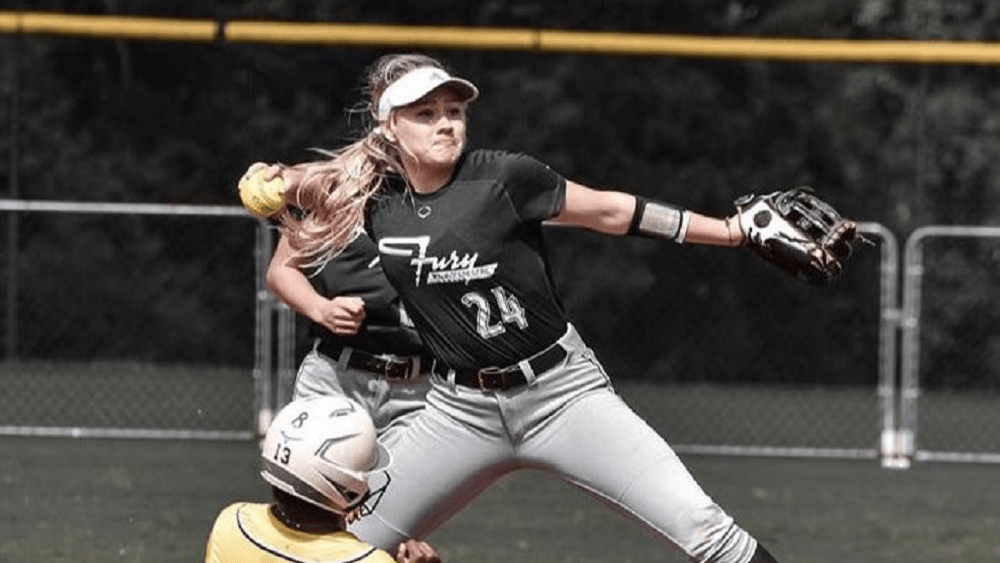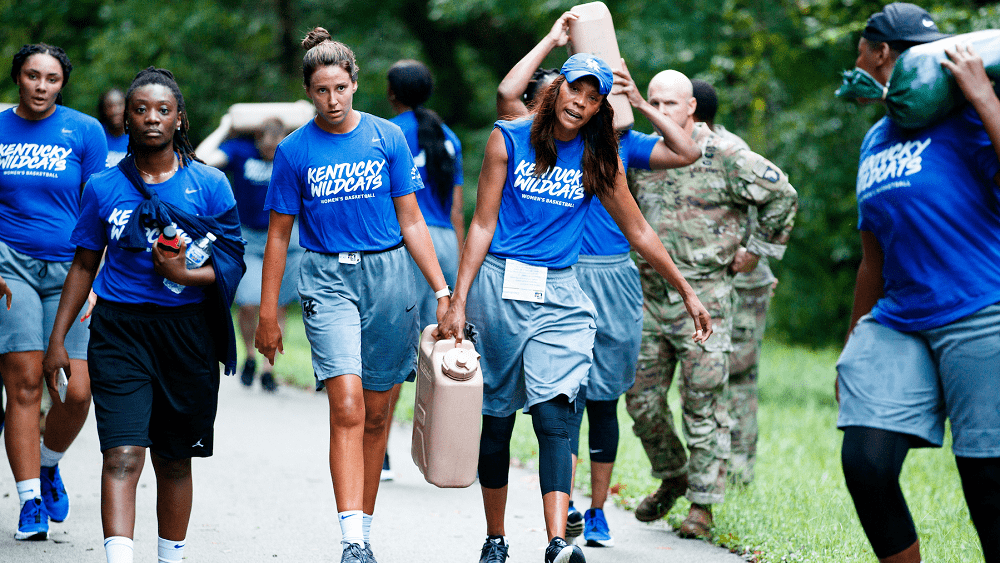
Riverfront Stadium in Cincinnati was the home to the Reds from 1970 to 2002. (Photo from Ballparks of Baseball)
The Major League Baseball season opens this week in what can only be described as the most unique circumstance since Abner Doubleday found eight other bored friends and tossed a ball around a sandlot.
COVID-19 will cause the 2020 baseball season to be compressed into a 60-game season they hope will be completed in late fall.
I grew up a Chicago Cubs fan for three reasons. One, I played on the peewee league Cubs. We had atrocious cream-pop orange colored felt lettering on our uniforms and an orange hat.
Two, just about every Cubs game was televised on WGN. That meant 81 home games at what was then an un-lighted Wrigley Field were on the TV in the afternoon. Every afternoon. The broadcast crew of Jack Brickhouse, Milo Hamilton, Vince Lloyd, and Lou Boudreau were top notch. There was no Harry Caray buffoonery with these guys. They are still the best to call Cubs games on TV.
And three. I watched Dave Kingman club a home run past Waveland Avenue and onto a porch of a home in the neighborhood outside of Wrigley Field. I was hooked.
To the dismay of a nine-year-old who fell in love with the Cubs in the summers of 1979 and 1980, the first Major League game I attended was not at Wrigley Field. That would come in 1996.
On July 22, 1980, my first game was at the old Riverfront Stadium in Cincinnati. The Reds were hosting the first-place Philadelphia Phillies. Why the Reds? My grandparents lived in Louisville. It was a short drive for the family to head up I-71, watch a night game, and get back to Louisville before we turned into pumpkins.
I had started collecting baseball cards two years earlier. At that time, I knew if I collected a lot of cards, they would be valuable someday and put my kids through college. That’s why nine-year-olds don’t make solid financial advisors.
I knew the names of every player in baseball. I knew the background of the Big Red Machine. I was just starting to understand free agency and learned how it broke up one of the better, yet underachieving, teams in baseball history.
Riverfront Stadium was built in 1970 and was one of five round “cookie-cutter” stadiums in the National League along with Three Rivers Stadium, Atlanta-Fulton County Stadium, Veterans Stadium, and Busch Stadium. Each of them also played home the city’s NFL team. None of them stand today as teams discovered more seats doesn’t equate to a better game experience.
Because my grandfather never liked being late to anything, we arrived at 3 o’clock for a 7:05 first pitch. It was around 3:25 that I probably began to get on his nerves because we couldn’t go inside the ballpark that early and there was nothing to do outside except look at all of the team merchandise at the souvenir stands that I knew I wasn’t going to get.
To get rid of me, my grandfather made a bet that I couldn’t run around the outside of Riverfront Stadium in less than five minutes. Remember. I was nine. Outside a stadium in a big city. Run around the stadium by myself.
“You’re on!”
After the third try, I slowly began to figure out the whole thing was a ruse. I’m sure he enjoyed his 30 minutes of peace of not having his inquisitive grandson machine gun questions to him about the Reds, the city, and why my grandmother was smuggling in peanuts in her purse.
Once the gates to the park opened, we made our way through the catacombs and through the tunnel to get our first look at the field. The feeling of seeing the playing field of a Major League baseball field for the first time is something I can’t put into words. I felt it in Cincinnati in 1980. Felt it again in Milwaukee in 1983. Again at Dodger Stadium in 1988, And was overwhelmed when I reached my Mecca at Wrigley Field in 1996.
The turf was green. Really green. The scoreboard was huge. Of course, there were no moving pictures in 1980. It was just large words and numbers and maybe the occasional moving graphic. The crack of the bat during batting practice is a sound you never forget. Hall of Famer Tom Seaver was shagging balls in the outfield and making catch after catch behind his back. My grandmother, always quick with a comment, said it was just a matter of time before he takes a flyball off the noggin.
Watching the fungo and infield drills were impressive even from our seats way up along the right-field line behind the foul pole.
My lone souvenir purchase was a plastic Chicago Cubs batting helmet. I had that thing for 10 years. I wore it almost every time we played Wiffle ball in the back yard. When the white border around the ‘C’ began to chip, I used liquid paper to fix it.
The Cubs played the Giants that afternoon. Back then, you had to watch the scoreboard to get score updates of other games. There were no details. Just the score.
As for the game we went to see, it was pretty much a snoozer. Mario Soto, who was coming back from an injury, pitched a complete game in the 3-2 Reds win over the Phillies. Hall of Famer Steve Carlton took the loss for the Phils. Carlton would finish the season 24-9 and win the Cy Young Award. The Phillies would go on to win the World Series.
Tim McGraw’s dad Tug pitched the final two innings of relief for the Phillies, who featured a lineup of Hall of Famer Mike Schmidt as well as Pete Rose who should be in Cooperstown.
The first home run that I got to see in person was Bob Boone’s second-inning line drive over the left-field wall. Ironically, in my next trip back to Riverfront 15 years later, Bob’s son Bret hit a walk-off home run to beat the Cubs in extra innings.
For some reason, I’ve grown to loathe the Reds through the years. I remember watching Soto melt down at Wrigley Field four years later and get thrown out of the game after a nearly 30-minute brawl following a disputed home run by Ron Cey.
My interest in baseball has waned through the years as well. Days and nights spent watching baseball on the TV were replaced with watching and coaching my kids in baseball and softball at the park. Baseball highlights on ESPN began to disappear in favor of talking heads and highlight shows.
New TV deals that brought in millions of dollars meant fewer Cubs games on WGN and eventually, no games on the former Superstation.
And while COVID-19 has meant a totally different start to the 2020 baseball season with openers played in the middle of July, I always take this week to think back to July 22, 1980, when I attended my first baseball game. I’m fortunate the passion I had for baseball then has been passed down to my kids.
I’m also glad they aren’t Reds fans.



